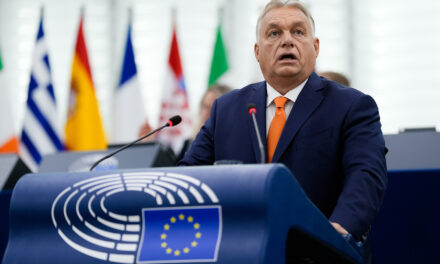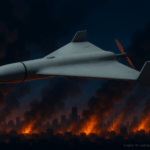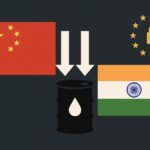The United Nations’ latest Children and Armed Conflict assessment, presented to the Security Council by Special Representative Virginia Gamba, warns that grave violations against children have surged in multiple conflict zones and are rising especially sharply in Ukraine. According to the findings, Russia’s full-scale invasion has driven a dramatic escalation in harm to Ukrainian children over the current reporting period. Based on verified incidents, the UN records a 105% increase in grave violations compared with the prior cycle and, as a consequence, places the Russian Armed Forces on the Secretary-General’s annual blacklist of parties that commit the gravest abuses against children in war. This designation underscores a pattern of unlawful conduct that the UN says is both widespread and worsening. english.nv.ua
The report quantifies the toll with stark figures. At least 94 Ukrainian children were killed and another 577 injured over the period covered, with Russian regulars and affiliated groups identified as responsible in the majority of cases. Education and healthcare have been battered: the UN verified 559 attacks on schools and 303 on hospitals, illustrating how frontline violence, bombardment, and occupation have repeatedly struck the institutions most vital to children’s survival and development. The UN also stresses that numerous Ukrainian children who were illegally deported to the Russian Federation remain unaccounted for, compounding the physical harm with long-term psychosocial trauma and family separation. Although the report flags surges in other crises—including outsized percentage jumps in Lebanon, Mozambique, Haiti, and Ethiopia—it singles out Ukraine as a setting where the combination of killings and injuries, direct strikes on protected civilian sites, and obstruction of returns for abducted minors form a particularly alarming pattern. english.nv.ua
Being placed on the UN’s so-called “list of shame” is not a sanction, but it does trigger intensified scrutiny, formal engagement by the UN with the listed party, and expectations of concrete measures to end and prevent violations—such as halting attacks on schools and hospitals, stopping unlawful transfers of children, and ensuring accountability for perpetrators. Taken together, the UN’s findings portray a conflict environment in Ukraine in which children face lethal risk, shrinking safe spaces, and the possibility of permanent displacement from their families and communities. The picture that emerges is of systematic harm rather than isolated excesses, and it reinforces international calls to protect children, deter further abuses, and facilitate the return of deported Ukrainian minors through coordinated diplomatic, legal, and humanitarian efforts.












